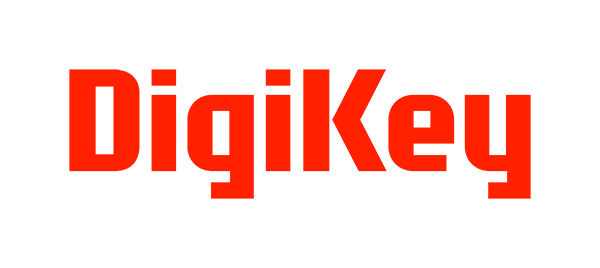Location Services for Healthcare
CEC Archives | CEC Semester Twelve 2017 | Location Services for Healthcare
This lecture will concentrate on a general description of RTLS. This will include an introduction into the general technologies used, and the implementation issues generally encountered. RTLS is much more than just tags and sensors and we will take a systems approach to understanding the topic.
At base, location services rely on the tags and sensors used. There are many types already in use, and more are being developed. We will concentrate on those used in the healthcare environment. One of the most important aspects in healthcare is accuracy of location and we will address these issues as well.
The tags and sensors are important, but they do not actually do the job by themselves. All of the data collected by the sensors are collected, stored and processed by multiple layers of software which allows a full picture of the collection of things being monitored to be given. This includes the instantaneous location of items as well as the management of them. This might include inventory management as well as cost management.
Applying location services in a healthcare environment is a major task. There are many considerations. These might include how to apply the tags and locate the sensors as well as security and management of the location services system as a whole. We will discuss these issues and work through some examples.
There are a number of available RTLS products in the industry. We will discuss a sampling of those available. In general these are not compatible. We will also discuss standards that should lead to interoperability between these. As mentioned, there are always new technologies being developed and existing technologies that are being improved. We will look at some of these and how they might be used in the healthcare setting.

Louis Giokas started out in the aerospace business holding positions in development and management. At General Electric Aerospace (now part of Lockheed Martin) he held positions of software engineer, systems engineer and staff engineer. While there he worked on spacecraft and military systems. Prior to that he worked for companies such as Sperry UNIVAC and Link Simulation Systems, also working or spacecraft and military systems. Over the past two decades he has worked in the database management software area for Oracle and IBM. Over the past several years he has worked on development projects and has consulted in a number of different areas, including embedded systems. He is a long-standing member of the Institute of Electrical and Electronics Engineers (IEEE). Currently, he is the secretary of the Fox Valley Subsection of the Chicago Section and chairman of the Computer Society of the Chicago Section. He has a degree in Computer Science from Villanova University and is pursuing a MS in Applied Statistics from DePaul University.

